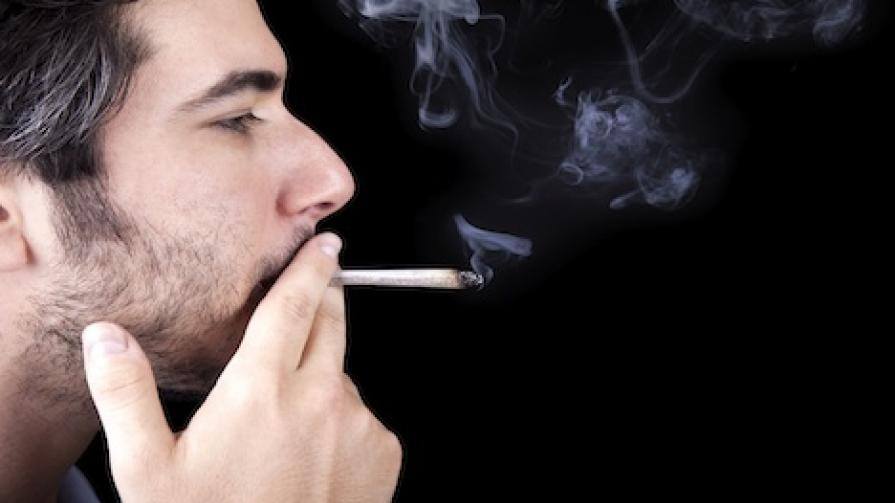What New Users Should Know About Medical Marijuana
If you’re new to using medical marijuana (MJ), there are some important guidelines to keep in mind. For certain conditions such as epilepsy, hypertension, migraines, and schizophrenia, MJ may provide relief. The medical community is learning more about the uses of MJ, but in many cases, doctors have not reached a consensus on its recommendations.
How Dosage Affects the Effects of Medical Marijuana
Using MJ or cannabinoids can help ease patient suffering. However, there is significant evidence that dosage and cannabinoid content are crucial in self-treatment. The method of consumption also impacts effectiveness.
For example, it’s suggested that low doses of THC can help treat depression, while high doses may have the opposite effect and worsen symptoms. The dosage of CBD, another important cannabinoid, is also significant in treating conditions like schizophrenia, arthritis, and hypertension. Patients with these conditions should consult a doctor before use.
Medical Marijuana and Mental Health
The main causes of most mental health disorders are still unknown. About 25% of people experience some form of mental illness during their lifetime for various reasons.
Several studies have found that people with mental health conditions such as schizophrenia, depression, and bipolar disorder report improvement after using MJ. However, for these conditions, it’s recommended to use MJ moderately, only in small doses, and to inform your psychiatrist about its use.
Hypoglycemia and Orthostatic Hypotension
Many inexperienced MJ users may experience a sudden drop in blood pressure, which can lead to fainting. That’s why it’s important not to use MJ on an empty stomach. Increased heart rate causes blood to circulate faster, diluting insulin and affecting the body’s ability to metabolize glucose.
If your stomach is empty, the lack of sugar can cause hypoglycemia (a sharp drop in blood sugar). There is believed to be a link between hypoglycemia and orthostatic hypotension: many people with orthostatic hypotension have low blood glucose levels.
If you experience these symptoms after using MJ, sit or lie down comfortably and drink something sweet. Your blood sugar should return to normal within a short time. The 15:15 rule states that 15 grams of sugar and 15 minutes of rest can help normalize glucose levels.
People who use MJ regularly say that the frequency and intensity of these symptoms decrease over time. However, if symptoms persist, it’s best to consult a doctor.
Methods of Consumption
There is ongoing debate about the risks of smoking MJ. Some studies suggest that smoking MJ may contribute to cancer development. However, many of these studies involved people who smoked both tobacco and MJ, and tobacco’s effects were not properly controlled for. Other research has shown that smoking high-quality MJ does not add extra risk of cancer or lung disease, and that in some cases, smoking can be an effective treatment method due to its immediate effects.
To minimize any potential risk of lung irritation, especially for those with asthma, vaporizers are a good alternative. Besides vaporizers, you can use sublingual methods (usually tinctures), consume MJ-infused foods, or use pharmaceutical-grade isolated cannabinoids (such as Marinol).
Black Market Marijuana
For people without safe access to MJ and who do not grow their own, the source of quality MJ is very important. Contaminated or low-quality MJ, which may contain harmful substances like glass or sand, can cause serious respiratory issues.
Pesticide levels in black market MJ can be very high. That’s why it’s always preferable to grow your own MJ, minimizing the use of chemicals whenever possible.



